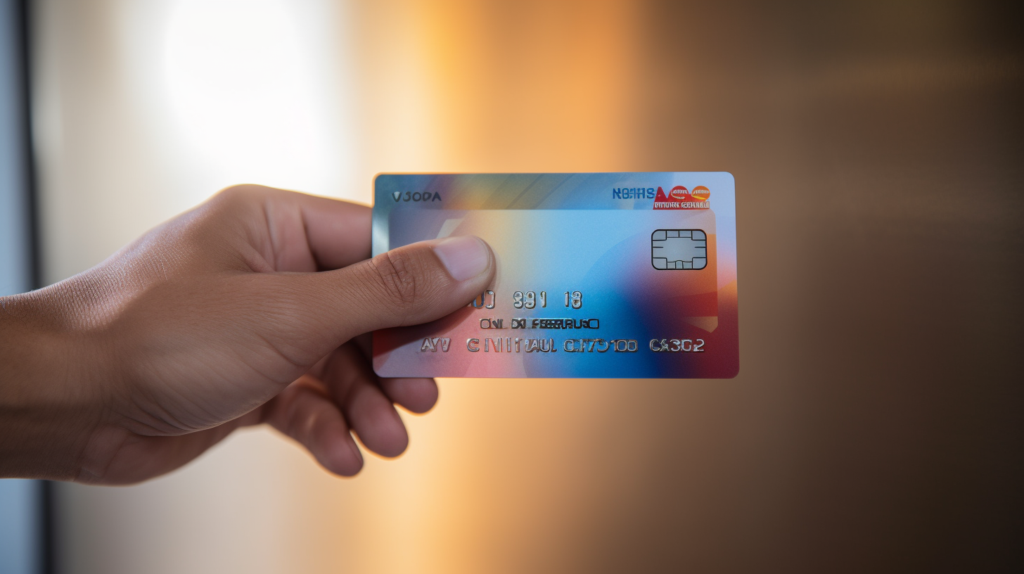Electronic Benefit Transfer (EBT) is a modern and convenient way to deliver government assistance benefits to eligible households.
EBT refunds are necessary when an EBT transaction has been charged incorrectly or when the transaction has failed.
EBT refunds can take some time and there are several factors that can influence the time frame. It’s important to understand how long do EBT refunds take.
Overview of EBT Refunds
When you use your EBT card to buy eligible items from a retailer, the transaction amount is deducted from your EBT account immediately. In some cases, there can be a mistake or a failed transaction, which results in an EBT refund.
An EBT refund is an amount credited back to your EBT account when an EBT transaction was charged incorrectly or when a transaction has failed.
There are numerous situations in which an EBT refund is necessary, such as when:
- There’s a failed transaction
- There was an overcharge
- The wrong item was charged
- The retailer was unable to process the transaction
- The transaction was duplicated
There are a variety of reasons why EBT refunds may take some time to process.

Factors Affecting EBT Refund Times
Several factors can affect the length of time it takes to process an EBT refund. These factors include:
Processing by the Retailer
In some cases, the retailer is responsible for issuing refunds. Retailers are responsible for such tasks as identifying the issue, verifying the transaction, and processing the refund.
The processing time can potentially vary depending on the specific retailer.
Time Taken by the State Agency
State agencies oversee EBT programs and are responsible for processing certain types of refunds. Processing EBT refunds is just one of the many tasks performed by state agencies, so the time taken to process refunds can vary.
Factors that can influence processing times include the workload of the agency, staffing levels, and the complexity of the refund request.
Backlog and Payment Cycles
EBT refunds may take longer to process during busy times, such as peak shopping periods. Processing times can also vary depending on the business day and the type of refund being processed.
Slow processing can be expected during peak periods like end-of-month cycles when many households receive their benefits. Conversely, refunds may be processed more quickly during slower periods, such as weekends or holidays.
Administrative Issue
EBT refund processing can be delayed due to administrative issues, including data entry errors or system glitches. To prevent potential delays, it’s important to double-check that all information provided to the state agency is accurate and complete.
Ensuring that the state agency has the correct and up-to-date information will help facilitate a smoother refund process.
How Long Do Ebt Refunds Take? Typical EBT Refund Timeline
The timeline for EBT refunds is not set in stone and can vary depending on several factors. Below is a breakdown of the typical EBT refund timeline:
Initial Refund Request
When you identify a problem with an EBT transaction that requires a refund, you should immediately contact the retailer or state agency to start the refund process.
Verification and Processing
Once the refund request is initiated, it goes through a verification process to ensure its validity. This includes reviewing the transaction details, checking for errors, and confirming eligibility for the refund.
Processing Timeframe
The average processing time for an EBT refund is from five to fifteen days. However, it is important to note that refunds can sometimes take longer depending on the factors mentioned earlier.
Notification of Refund
Once the refund has been processed, you will receive notification from the retailer or state agency. This notification may be in the form of a confirmation email, letter, or a credit adjustment on your EBT account.

Tips to Expedite EBT Refunds
There are a few things you can do to speed up the refund process, such as:
Contacting the Retailer Immediately
If you notice an issue with a transaction, such as an overcharge or incorrect item charged, contact the retailer as soon as possible. Explain the issue and provide any necessary documentation, such as a receipt or proof of purchase.
The retailer can assist you in resolving the issue and may be able to expedite the refund process on their end.
Following up with the State Agency
If you initiated the refund with your state agency, it’s important to follow up with them after a reasonable period of time has passed. Request an update on the refund status and inquire if any additional information is required.
By staying in touch with the state agency, you can ensure that your refund request is being processed and address any potential delays promptly.
Providing Accurate Information
When initiating an EBT refund with the retailer or state agency, provide accurate and complete information.
Double-check that you have provided the correct details, such as the transaction date, amount, and relevant account information. Inaccurate or incomplete information can lead to delays in the refund process or the need for additional verification.
Keeping Documentation Organized
Maintain organized records of your EBT transactions, such as receipts, purchase details, or confirmation emails. These documents can serve as evidence when resolving refund discrepancies and may speed up the review and processing of your request.
By having clear documentation, you can easily provide necessary evidence to the retailer or state agency.
Frequently Asked Questions
Can I check the status of my EBT refund?
Yes, you can contact your state agency and ask for updates on the status of your EBT refund.
What should I do if my EBT refund is taking longer than expected?
If your EBT refund is taking longer than expected, contact your state agency to get an update on its status. If the refund is still being processed, be patient.
Can I request an expedited EBT refund due to financial hardships?
Unfortunately, there is no process to request an expedited EBT refund. The standard processing time frame varies from state to state and is intended to be as efficient as possible.
Conclusion
EBT refunds are an essential part of the EBT program. The typical processing time of an EBT refund ranges from five to fifteen days.
It’s always a good idea to keep accurate documentation, contact the retailer right away if there is an issue with a transaction, and follow up with the state agency to get updates on your EBT refund status.
By doing so, you’ll help to ensure that your refund is processed as quickly as possible.


 Tags:
Tags:










